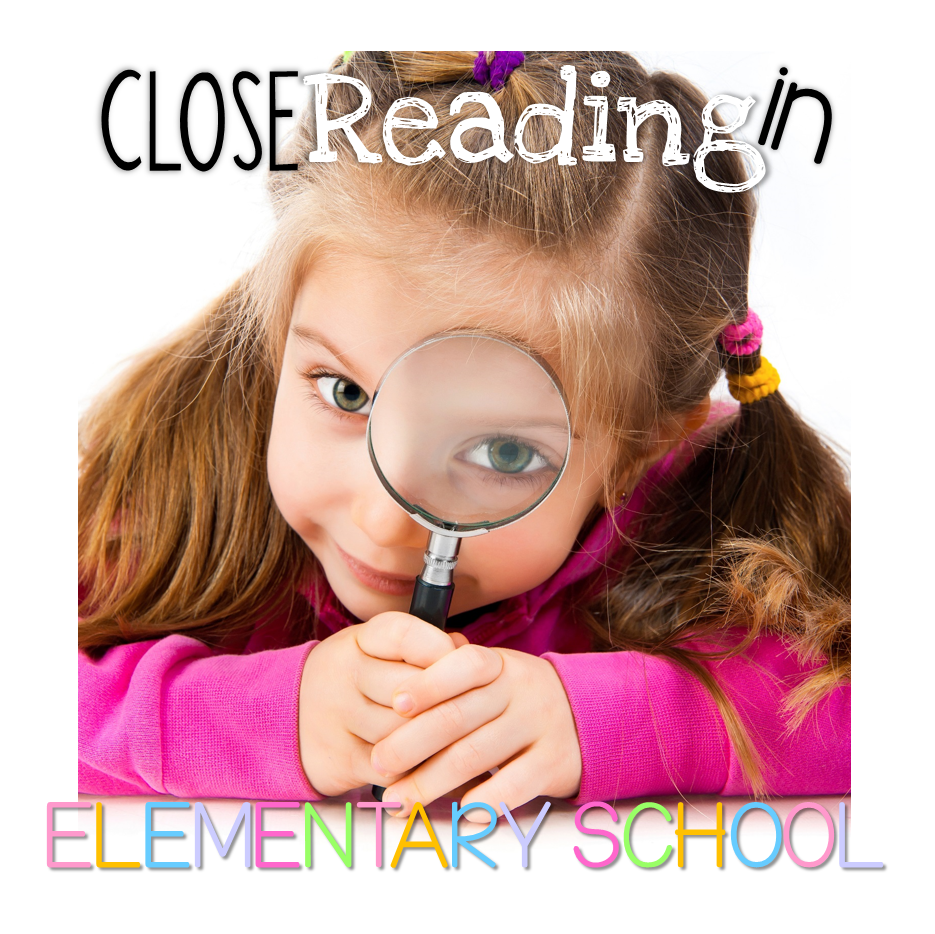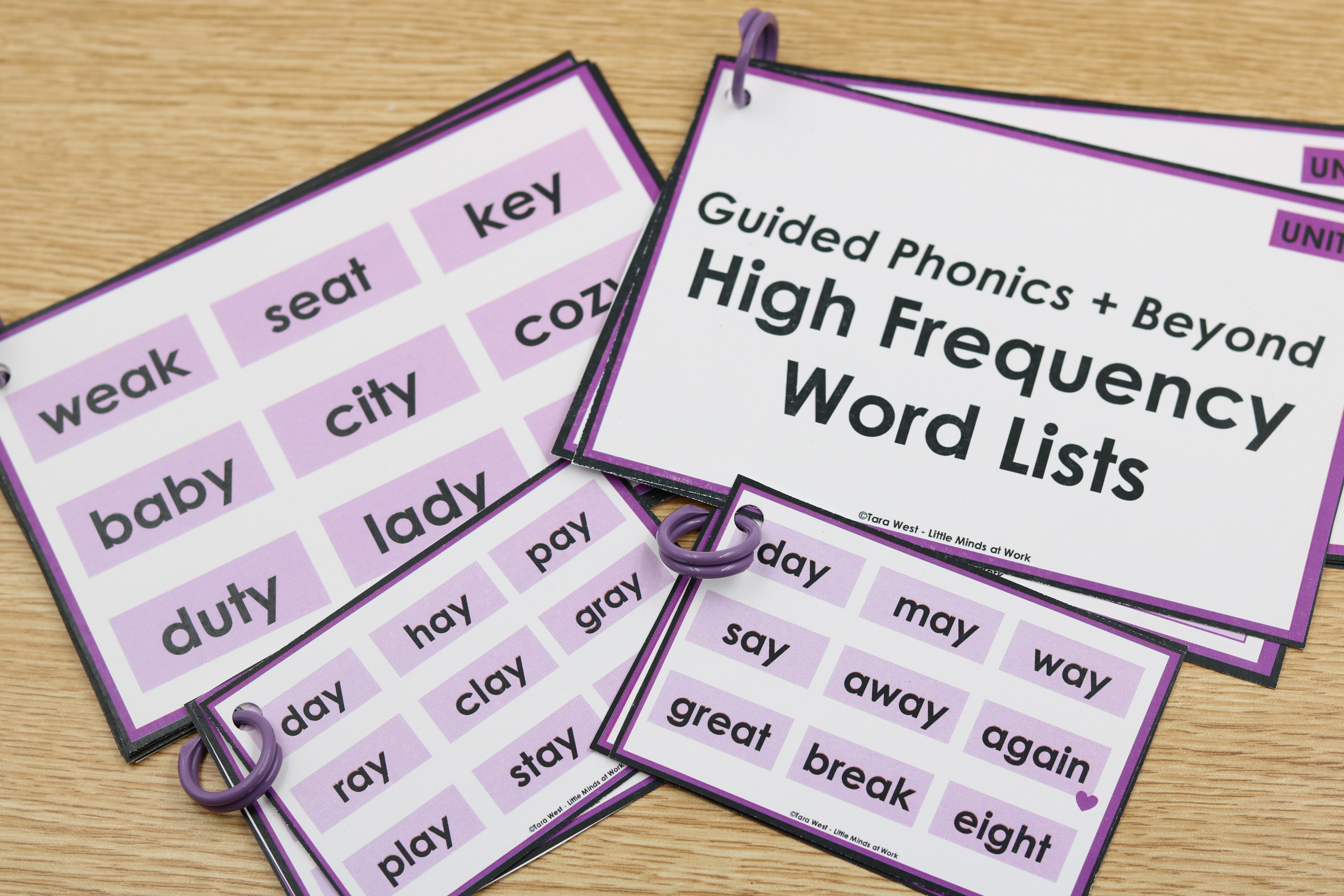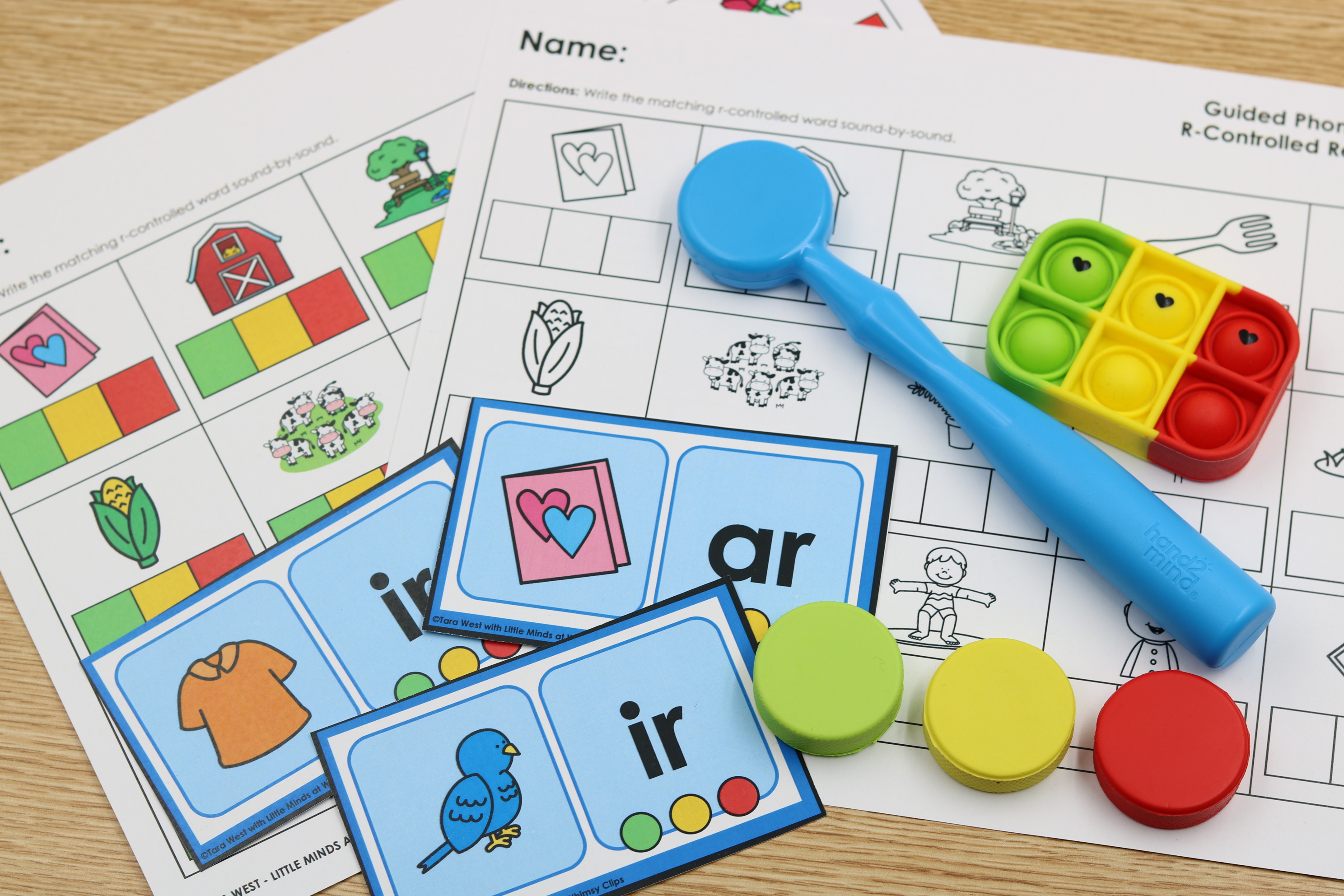One of the most common frustrations I hear from kindergarten and early elementary...
Hello there! Someone said it’s July…. it can’t be! I guess I will have to accept it and move on! I’m sorry this post is getting to you a little late. I have no excuse except…weekend getaways! We all need a little fun in the sun! 🙂 Missouri does offer some nice views 🙂
In case you missed it last week Lyndsey covered chapter five of the book study. If you didn’t catch it you can click HERE to read the post and grab some adorable freebies!
Chapter six is all about RIGOR! The chapter begins by discussing three important ways we can construct our close reading lessons to offer reading comprehension and strengthening our students’s abilities to interact with texts.
-Using Bloom’s Taxonomy
-Using Webb’s Depth of Knowledge A.K.A. DOK’s
-Differentiating rigor for our students
Bloom’s Taxonomy consists of three major systems; affective, cognitive, and psychomotor. Below is a visual to help you understand educational objectives of the taxonomy.
The text then on pages 114-115 offers a VERY informative “menu” of prompts/questions to help aid the structure of your close read to that of one following Bloom’s Taxonomy. Below I will list a couple examples for each.
-Knowledge {Low level questioning/Basic Recall}- What is…? Identify…
-Comprehension {Low level questioning/Basic Recall}- Explain why…. Summarize…
-Application {Intermediate questioning}- How/why…? What facts prove…
-Analysis {Intermediate questioning}- Compare and . What caused ___ to happen?
-Synthesis {Higher level questioning}- Rewrite a new ending to… Hypothesize what would have happened if…
-Evaluation {Higher level questioning}- Argue against… Evaluate the author’s use of..
The authors state using the above mentioned options can help deepen the students thinking during the close reading..ultimately increasing their RIGOR!
Up next is Webb’s DOK levels! Webb’s DOK’s are broken down into four levels; recall and reproduction, skills and concepts, short-term strategic thinking, and extended thinking. Below you will find an example for each as to how it would look in a close read lesson plan!
– DOK Level 1 {Recall and Reproduction}: Define the term… What is…?
-DOK Level 2 {Skills and Concepts}: Can you explain why… Summarize the text.
DOK Level 3 {Short-Term Strategic Thinking}: What conclusion can you draw from… What do you predict will happen next?
DOK Level 4 {Extended Thinking}: Analyze two texts. Which text supports…?
The text points out the the two models cannot be aligned with one another easily, but the do overlap on certain goals.
The book then goes on to discuss the importance of differentiating rigor for our students. I thought you would find this particular quote interesting: “…our students are not all identical to one another. They are, instead, unique with their own individual strengths and weaknesses.” So true, yet it seems like sometimes we are the only ones that truly get that!
The book ends the chapter with again summarizing the important fact that rigor can not be the same for all students within your classroom. The final two chapters are two of my favorites! We will discuss close talks and close writes!
I hope you have a great start to you week! 🙂




